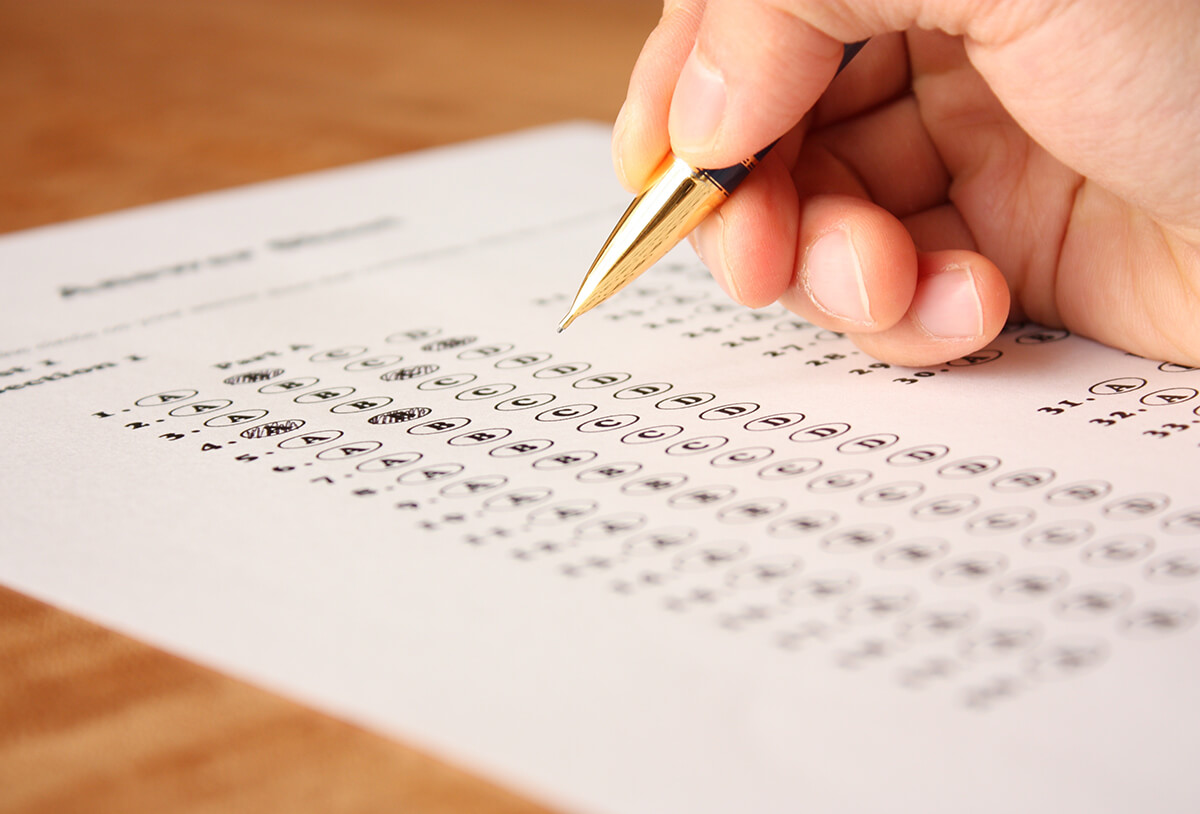JLPT N2 strategy / N1 strategy

If you’re reading this, you’re probably about to take the next Japanese Language Proficiency Test (JLPT). You must have already done some serious self-assessment of your skills with Japanese as a second language that you’ve decided to take either of the top 2 levels of the official exam. If you’re wondering what to expect with the N2 and N1 JLPT exams, you’ve come to the right place!
The JLPT has 5 levels that put your Japanese reading and listening to the test. The N5 and N4 levels test how well you know basic Japanese, while the N3 level bridges these with the higher N2 and N1 JLPT levels. These top 2 levels are the most difficult since they measure how well you can apply the Japanese language in diverse everyday life situations. This is to say that once you pass these levels, you have official proof that you can keep up with native Japanese speakers! If you’re planning to take the JLPT to measure your skills for the first time, we’ve collected some tips that may help you study for the ultimate test.
Table of contents
Studying Japanese: JLPT N2/N1 Strategies

If you’re fluent enough to read a Japanese newspaper and follow proper conversations, take the JLPT N2 or N1 to evaluate your skills. It’s just a test, as it is aptly called. As such, practice tests would greatly benefit your studies! Since the test is standardized, there’s definitely a formula that JLPT-specific workbooks have identified to assist examinees. The official JLPT website is a convenient resource for sample tests: https://www.jlpt.jp/e/samples/forlearners.html.
Apps like Duolingo and iKnow can be helpful for supplementary studies to further expose you to the language, but you will need more comprehensive resources for the test. Gather all your Japanese language resources on hand, tap into your best examinee behavior, and keep reading for some tactics to pass the N2 and N1 JLPT:
Prioritize grammar, vocabulary, and kanji

Photo by Rubén Díaz on Flickr
Although the official JLPT cites only reading and listening comprehension, the coverage includes general knowledge of the language to guarantee successful results. Knowledge in grammar structures, vocabulary words, as well as kanji are basic priorities. Repetition is the best way to get used to these subjects that are covered in N2 and N1 levels.
If you go over sample test questions on these subjects, you’ll get used to the patterns in no time. Try to incorporate grammar structures you learn when talking with native Japanese speakers or even your Japanese language study buddies.
This strategy also applies to N2 and N1 vocabulary. What’s a better way to remember words than using them as often as possible? It’s a cliché, but practice indeed makes perfect. Once you incorporate these words into your everyday expressions, you’ll communicate much better.
It’s the same thing with kanji. The JLPT has no writing exam, but you’ll surely get more familiar with kanji the more you practice writing the characters. Try to focus on the kanji that look and sound similar. Take mental notes of the slight differences in the kanji that confuse you. The JLPT might try to catch you off guard with trick questions like interchanging nearly identical characters, but you’ll be ready!
When it comes to the test, you’ll mostly rely on luck whether the higher levels of vocabulary and grammar that you’ve studied will show up. Do take note that most N2 and N1 level grammar and vocabulary show up in books more often than in everyday conversation. After all, these levels of the JLPT exam will test your aptitude for higher Japanese. Your colleagues might get taken aback when you use complicated words and sentences in a regular conversation. You’ll be fine as long as you clarify that you’re studying for the JLPT.
Exercise reading comprehension

Our number 1 piece of advice? Practice reading fast. Notice how you automatically understand an English word without having to look at each letter? Try to aim for that level where you can simply skim through a sentence to understand it!
Reading books that are geared toward native Japanese students may help as well. You could answer the practice lessons in books that intermediate-level Japanese students take themselves. Books that are specific for JLPT are even better options! When you’re taking a break from studying, try reading manga for a change. You might come across some made-up and obscure words, but you’ll still be learning as long as you understand what you’re reading in their context. Japanese novels may contain more realistic content to help your studies as well.
The JLPT will test your reading comprehension with questions that center around sample situations. These situations will be paragraphs long, so be sure to read around the underlined passages. Just as you would read a test item in your native language, focus on the gist of the presented situation. Read as much as you can to understand the situation’s basic skeleton. You will be timed, so make every minute count!
Enhance listening comprehension

If you’re living in Japan, you already have an advantage in practicing your Japanese listening skills. You have access to Japanese television, news, and even everyday conversations! If you’re studying for the JLPT outside of Japan, your best bet is to surround yourself with as much Japanese as you can!
Although listening to Japanese music may help improve your listening comprehension in a fun way, the melodies might distract from proper pronunciations. It’s a similar case with anime. Watching anime without subtitles can be a fun listening exercise. Just watch out for a lot of slang and made-up words in these shows, especially in fantasy series.
You might also want to include Japanese dramas on your watch list. These shows tend to reflect real-life more and may contain dialogue that is the closest to a natural conversation you can find. Still, nothing beats listening to a native speaker use Japanese! You could ask friends to speak with you in Japanese to help with your studies.
Once you get to the listening section of your JLPT, anticipate some curveball questions. Be sure to take note of the minute details that the pre-recorded audio questions describe. These recordings could describe as many as 4 objects in a situation, so apply your best strategy in separating these items from each other. Draw a quadrant on your test sheet if it helps you identify the details better. Once again, anticipating exam questions will help a lot. So be sure to check out the official JLPT audio samples at https://www.jlpt.jp/e/samples/sample09.html.
Conclusion
The JLPT will assess your years of studying, but everything will be alright! Quickly deciphering what the questions are asking from you is an essential skill. Still, you must remember that this exam is testing your Japanese. The simplest way to put this is that you’ll do much better if you simply answer the questions instead of spending too much time decoding them. Think of how well you answer exam questions in your first language. Once you shift your mindset to Japanese exam mode, you’ll breeze right through the JLPT!
If the JLPT is just a few days away, here are some final reminders. You want to take the test with your maximum brainpower, so get more than enough sleep! You’ve studied long and hard enough to cram any new information, so be sure you’re well-rested. Trust your capabilities, and remember why you started learning Japanese in the first place. Finally, log off the Internet. You got this! 頑張ってね!
Motto Japan, the community platform to support foreigners with the foundation for life in Japan, including Japanese study, job opportunities, and housing service. Motto Japan Media will provide a wide variety of information for Japanese fans all over the world, to create a cross-cultural environment and enrich the life of foreign residents in Japan!













Leave a Reply